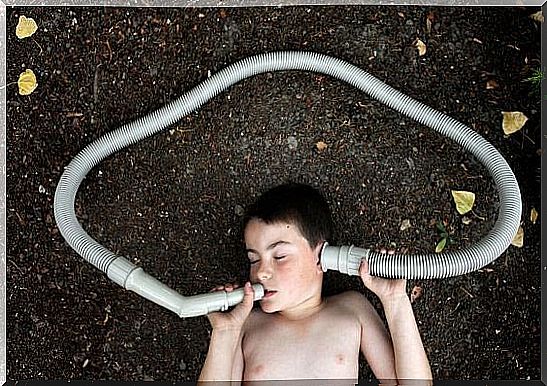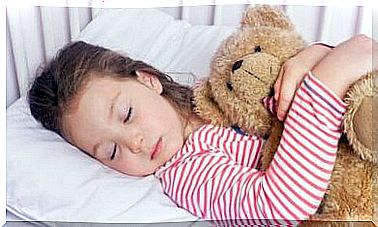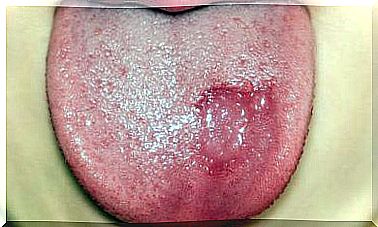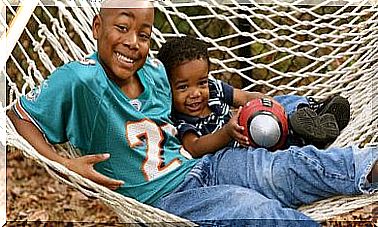Ekolali: What It Is And What To Do About It

Have you ever heard of ekolali? It is a language disorder that we do not know much about. A child with this syndrome tends to involuntarily repeat a word or phrase that someone else is saying.
This speech disorder in children manifests itself as an echo and is characterized by compulsive and semi-automatic repetitions. These children also usually imitate the speaker’s original intonation. Now that you know what it is, it’s a question of what we can do about it. Keep reading to find out!
Types of ekolali
There are several types of ekolali. You can distinguish between the different classifications by reading about the different aspects of each.
For example, specialists can distinguish the different types of this language disorder by noting the time that elapses between the original statement and the repeated form, as well as its communicative function.
Classification based on the time it takes to produce the echo

Immediate echo sound: The repeated utterance comes shortly after the original has just been produced.
Delayed ekolali: The repetition takes place after a certain time has elapsed. It can be minutes, hours or even whole weeks.
According to communicative function
- Functional ekolali: In this case, the child has a communicative or informative intention.
- Non-functional ekolali : This type of ekolali lacks a communicative purpose. For this reason, it is usually considered to be self-stimulating.
Typology based on the structural comparison between the original phrase and the echo
- Exact repetition: The original statement and repetition are completely identical and the same.
- Reduced repetition: Only a fraction of the first version is faithfully reproduced.
- Extended repetition: In this case, although some changes have been made, there are no noticeable changes in the global structure of the opinion.
- Mitigated repetition: This is when there are changes in the phrase. This indicates the creative ability to reorganize the general structure of meaning.
How to treat ekolali?
Much of the complexity of this type of language disorder lies in its treatment. The treatment will depend on the type of pathology that is causing the disorder. It is essential to establish the permanent classification in order to determine the correct measures.
Treatment for dysfunctional ekolali
The idea of this intervention is to make use of the delayed echo, as long as it has some communicative function. The ultimate goal is to provide the child with verbal models that help him or her express their own desires.
Of course, the option offered to the child should be adapted to its level of development. In the same way, the alternative to echo should increase the amount of communication or information. The idea is to make the most of every phrase.
This process involves continuous work that requires a lot of patience. Each step has the challenges in the form of a higher degree of complexity. When the child has successfully used a particular phrase, it is important that the child receives a functional response to confirm that it is useful to the child.

Immediate intervention in case of ekolali
In this type of process, the therapist will try to interrupt the echo with a series of stimuli. The idea is that the child should understand, discover and decide at what times it is appropriate to produce this involuntary repetition.
For this to happen, it is important for the child to learn to distinguish what is useful to repeat from what is meaningless. In this way, the child learns to repeat what he hears only when someone explicitly requests it. In this case, specialists can rely on various well-proven methods.
Treatment for non-functional ekolali
Here we are facing a conflict. As this disease is not functional, it indicates a certain deterioration of language development. Therefore, this becomes an important barrier to communication for the person suffering from it.
Because of this, the specialist will try to get rid of the baby’s echolali completely. To achieve this, one of the most effective strategies is to explain to the child that these repetitions are not useful in specific contexts.
During this type of pathology, one can use a series of behavioral techniques, often simultaneously. From this perspective, one tries to introduce self-regulation along with training in desirable behaviors.









